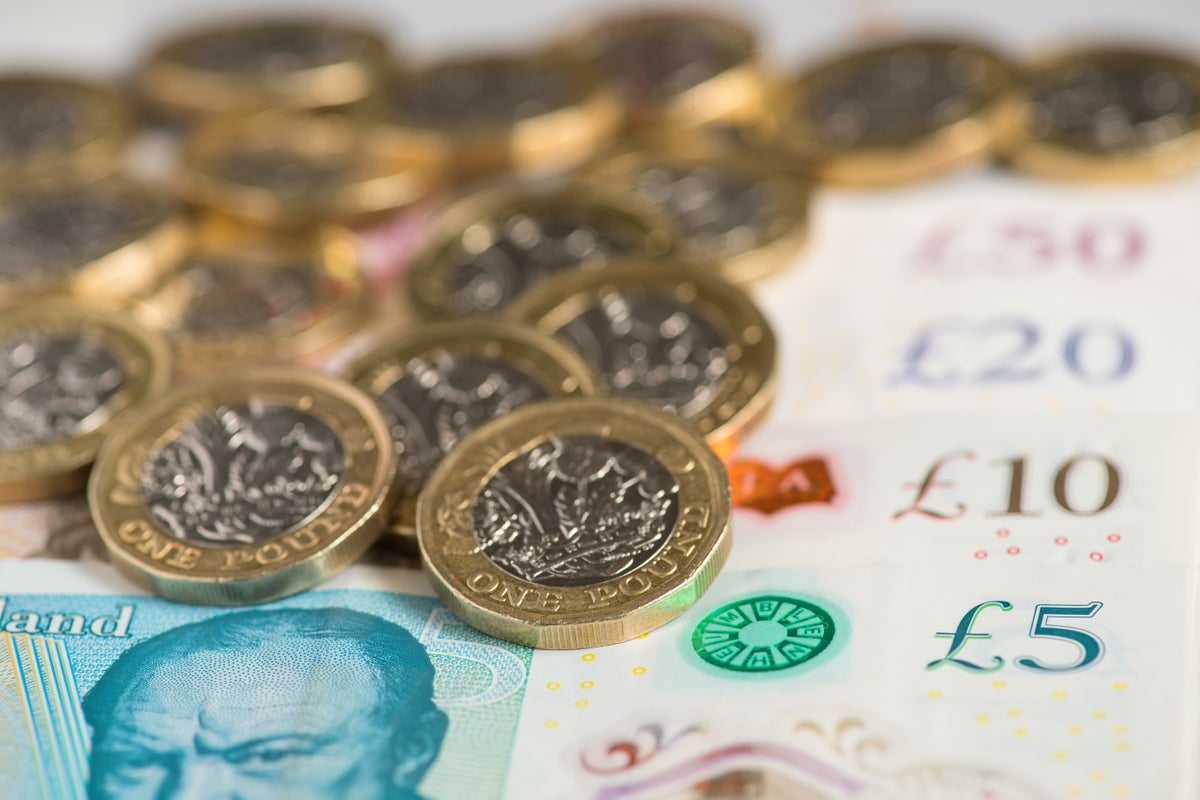[ad_1]

People across Britain are still struggling to meet their financial obligations as the cost of living crisis continues to eat into household budgets, with a recent Financial Conduct Authority study putting the total number of those up against it as high as 10 million.
While inflation did finally drop down from 10.1 per cent to 8.7 per cent in May, the cost of goods in supermarket aisles and on high street shelves remains high as domestic finances continue to be stretched following a long winter of sky-high energy bills.
The most recent Office for National Statistics (ONS) data shows food prices increasing at their fastest rate in almost 45 years for the year to April, with around 44 per cent of adults saying they have responded by spending less on the groceries and essentials, typically by opting for cheaper alternative brands, according to the ONS.
Further to that, 50 per cent pf shoppers say they are buying fewer items altogether, 67 per cent say they have noticed an increase in their cost of living within the past month and 97 per cent say they have been impacted by rising grocery costs.
Below, we look at what support is available to households this July.
Extra £1,350 of support being paid out
Despite the expiration of Rishi Sunak’s Energy Bill Support Scheme at the end of March (an initiative that handed out £400 in monthly instalments of £66 and £67), millions of households on low incomes will receive further cost of living support from the government this year worth up to £1,350 in total.
Eight million eligible means-tested benefits claimants, including people on universal credit, pension credit and tax credits, will receive £900 in instalments from this spring, with the money going directly to bank accounts in three tranches, the Department for Work and Pensions (DWP) has said.
There will also be a separate £150 payment for more than six million people with disabilities and an extra £300 for over eight million pensioners.
Here are the payment windows that have been announced so far, with more precise dates expected later in the year:
- £301 – First cost of living payment – already issued between 25 April and 17 May (or 2 to 9 May for people on tax credits but no other low-income benefits)
- £150 – Disability payment – during summer 2023
- £300 – Second cost of living payment – during autumn 2023
- £300 – Pensioner payment – during winter 2023/4
- £299 – Third cost of living payment – during spring 2024
Benefits going out as usual
The usual state support in the shape of benefits and pensions payments will also be going out as normal in July, with no bank holidays scheduled to confuse delivery dates.
Anyone expecting to receive any of the following from the DWP can expect their money on the usual date this month.
- Universal credit
- State pension
- Pension credit
- Disability living allowance
- Personal independence payment
- Attendance allowance
- Carer’s allowance
- Employment support allowance
- Income support
- Jobseeker’s allowance
For more information on how and when state benefits are paid, please visit the government’s website.
Energy Price Guarantee now expired
The sweltering weather we can expect in July – if last year’s record-breaking heatwave is anything to go by – might not be comfortable for everyone but it will at least greatly reduce the need for having the central heating switched on, which proved such an expense over the course of the winter just gone.
The government’s Energy Price Guarantee (EPG) – introduced by Liz Truss last September to ensure households paid no more than £2,500 for their electricity and gas, with the government subsidising the remainder owed to providers under Ofgem’s Energy Price Cap (EPC) – was extended by chancellor Jeremy Hunt in his Budget of 15 March for a further three months.
Mr Hunt had reportedly been tempted to increase the EPG to £3,000, a considerably less generous offer that would have eased the burden on the state, but ultimately thought better of it, extending the guarantee into April, May and June.
Now that the EPG has finally expired, consumers will once more be paying the EPC rate, although Ofgem has announced that will be £2,074 from 1 July, a huge fall from the £3,280 it was set at during the second quarter, from which households were shielded by the intervention of the government’s overriding guarantee.
That 17 per cent decrease reflects recent drops in wholesale energy prices – the amount energy firms pay for electricity and gas before supplying it to households –and, although it is a significant drop from the eye-watering rates of the last two years, the figure remains more than £1,000 a year above pre-pandemic levels.
As for what might happen next, consultancy firm Cornwall Insight predicts that July’s fall will be followed by another drop in October, when it expects the typical annual bill to be £1,976.
Unfortunately, it believes the typical bill will then rise again in January 2024 to £2,045 and Cornwall does not expect energy prices to return to pre-Covid levels before the end of the decade at the earliest.
It has also warned customers that prices remain subject to wholesale market volatility, with the UK’s reliance on energy imports meaning that geopolitical incidents like the war in Ukraine could continue to have a detrimental impact.
[ad_2]






